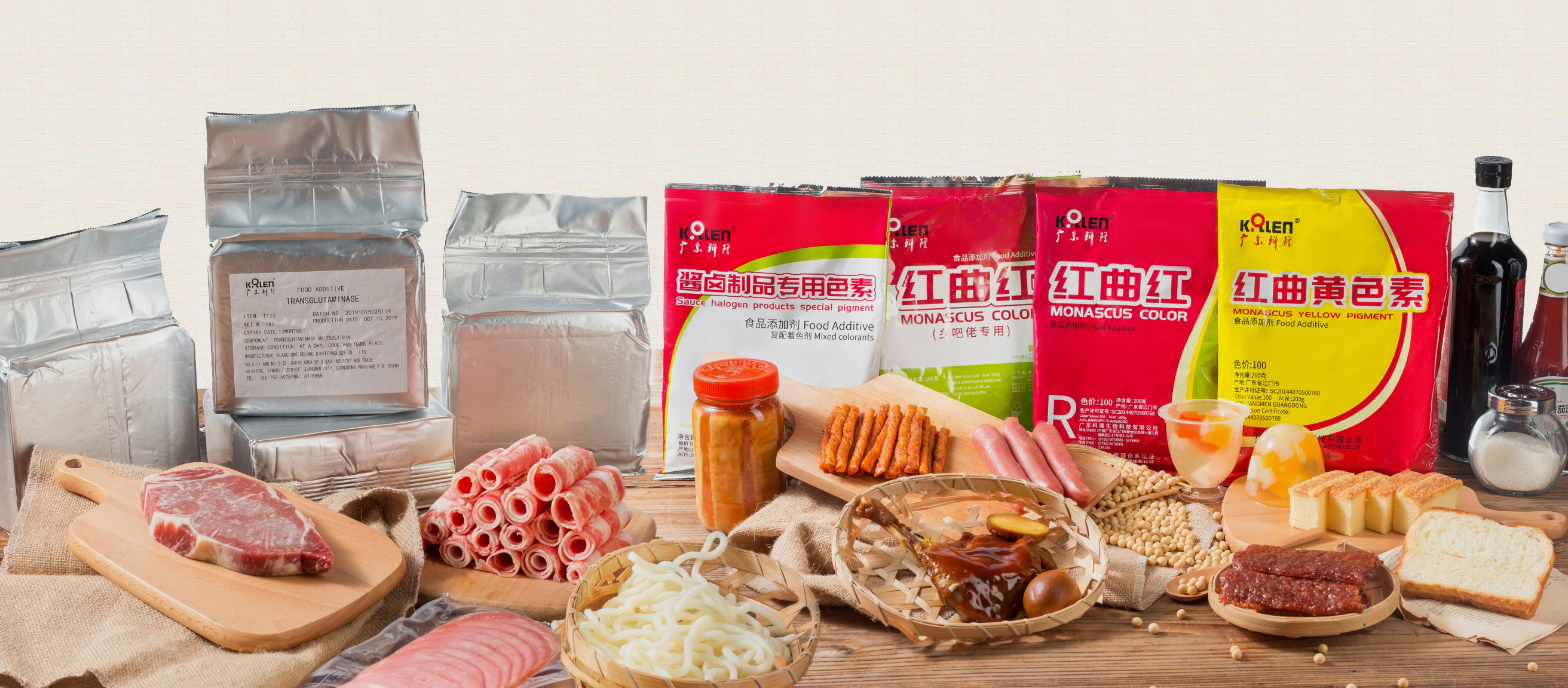First, the symptoms of the disease are mainly harmful to leaves, flowers, fruit stems and fruits, and rarely occur on stolons. At the onset of leaf disease, a thin cream-like white powder appears locally on the back of the leaves, and then quickly spreads to the entire plant. As the disease progressed, the leaves curled upwards and showed a spoon-like shape. Dark smears of varying sizes appeared on the leaves. The lesions were reddish-brown in later stages and the leaf margins began to shrink. Eventually the whole leaf was scorched and died. After flower buds and flowers are affected, the petals turn red and buds cannot be opened. After the fruit is infected with the disease, the fruit surface is covered with a white powdery substance, the fruit stops hypertrophy, the coloring is deteriorated, and the value of the product is lost.
Second, the incidence of the law of powdery mildew residue in the ground or on the old leaves of strawberry overwintering, becoming the source of infection in the following year. When the environmental conditions in the spring of the following year are appropriate, new conidia are produced in the overwintering mycelia, and the strawberry is first infected and reinfected by airflow. Eyebrow greenhouse strawberry is caused by residual bacteria, seedlings carrying pathogens and other transmission routes. The suitable temperature for pathogenic infection is 15~20°C. No pathogenicity is found below 5°C and above 35°C. Dry and high humidity conditions can cause disease spread. However, pathogenic spores cannot germinate in the presence of water droplets. Rainfall can inhibit the spores from scattering, and it spreads in large numbers in the sunny afternoon. The disease is particularly severe in the greenhouse. Severe disease can significantly reduce the fruit yield, and at the same time make the quality of seedlings worse, and it is not easy to survive after transplanting.
Third, the prevention and control methods used Baozao Zaoxian, Hani, All-Star and other varieties resistant to powdery mildew. Clearing the park in winter, burning the diseased leaves. The old leaves and diseased leaves on the ground and the diseased fruits were removed in time and buried deeply. Pay attention to the ventilation conditions in the garden, and drain it in time after the rain. In the early stage of the disease, 30% Tetracycline 5000 times can be sprayed, and tetrafluoromethyl oxazole and sulphur suspension agent can also be sprayed. The prevention and control period can be roughly controlled in the open cultivation and flowering before the emergence of stolons, after planting, protective cultivation before and after the flowering period.
Transglutaminase is an enzyme that applied for protein-containing products in food industry. Kelong is Transglutaminase supplier and specialized in Food Grade Enzyme Glutamine Transaminase 80146-85-6. Our Transglutaminase is basically stable in PH5.0~8.0, and has great heat resistance (within 45℃~55℃) and high activity.
Transglutaminase can be used in many kinds of food, such as meat, fish, veg, etc. If you want to know more about the details of products and specific applications. Please click the catalogue and products.

Transglutaminase
Transglutaminase, TGase Enzyme In Powder,Transglutaminase supplier, Food Grade Enzyme Glutamine Transaminase 80146-85-6
Guangdong Kelong Biotechnology Co., Ltd. , https://www.kelongfood.com